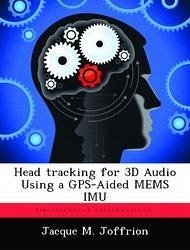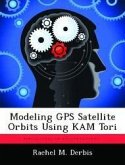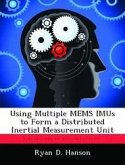Audio systems have been developed which use stereo headphones to project sound in three dimensions. When using these 3D audio systems, audio cues sound like they are originating from a particular direction. There is a desire to apply 3D audio to general aviation applications, such as projecting control tower transmissions in the direction of the tower or providing an audio orientation cue for VFR pilots who find themselves in emergency zero-visibility conditions. 3D audio systems, however, require real-time knowledge of the pilot's head orientation in order to be effective. This research describes the development and testing of a low-cost head tracking system for 3D audio rendering applied in general aviation. The system uses a low-cost MEMS IMU combined with a low-cost, single frequency GPS receiver. Real-time data from both of these systems was sent to a laptop computer where a real-time Kalman filter was implemented in MATLAB to solve for position velocity, and attitude. The attitude information was then sent to a 3D audio system for sound direction rendering. The system was flight tested on board a Raytheon C-12C aircraft. The accuracy of the system was measured by comparing its output to truth data from a high-accuracy post-processed navigation-grade INS/DGPS solution. Results showed that roll and pitch error were accurate to within 1-2 degrees, but that heading error was dependent upon the flight trajectory. During straight-and-level flight, the heading error would drift up to 10-15 degrees because of heading unobservability. However, even with heading error, the ability of a pilot to determine the correct direction of a 3D audio cue was significantly improved when using the developed head tracking system over using the navigation-grade INS/GPS system fixed to the aircraft.
Hinweis: Dieser Artikel kann nur an eine deutsche Lieferadresse ausgeliefert werden.
Hinweis: Dieser Artikel kann nur an eine deutsche Lieferadresse ausgeliefert werden.








